
If you’re wondering whether short or long skis are the better choice, here’s the bottom line: most skiers will find short skis easier to use, more fun, and way less of a hassle. While long skis can offer stability at high speeds or in deep powder, they’re harder to control, heavier, and require more effort - especially for beginners or casual skiers. Short skis, like Snowfeet’s compact designs, are lightweight, portable, and beginner-friendly. They’re great for quick turns, easier learning, and a more relaxed day on the slopes.
Key Takeaways:
- Short Skis: Easier to control, lightweight, portable, and work with regular boots. Perfect for beginners, intermediate skiers, and freestyle fans.
- Long Skis: Better for high-speed runs and deep powder but harder to maneuver, bulkier, and more exhausting for the average skier.
For most recreational skiers, short skis are the smarter, simpler choice. Let’s break it down further.
Short Vs Long Skis - The REAL Difference
Long Skis vs. Short Skis: Key Differences
Ski length isn’t just a random number - it’s a crucial factor that shapes your control, speed, and overall experience on the slopes.
What Makes Skis 'Too Short' or 'Too Long'?
When it comes to ski length, it's not one-size-fits-all. Traditional brands like Rossignol, K2, and Salomon usually offer skis ranging from about 59 inches (150 cm) to over 70 inches (180 cm). These fall into the standard or long ski category. Snowfeet*, however, challenges this convention with their ultra-compact designs. Their Skiskates are just 17 inches (44 cm) long, and their Skiblades range from 26 inches (65 cm) to 47 inches (120 cm). While these sizes might seem "too short" by traditional standards, that’s exactly the point - Snowfeet* redefines what skis can be.
On the other end of the spectrum, skis over 67 inches (170 cm) are often considered "too long" for many recreational skiers. Longer skis demand more skill and effort, which isn’t always necessary for the average skier.
Here’s the key difference: longer skis increase the distance between your boots and the ski tips, requiring more force to turn. Snowfeet* short skis, on the other hand, prioritize agility and quick response.
Now, let’s break down how traditional long skis compare to Snowfeet* short skis.
Long Skis vs. Snowfeet* Short Skis: Side-by-Side

Traditional long skis are designed with the idea that more surface area improves performance. Snowfeet* flips the script, proving that sometimes, less is more.
Maneuverability:
Snowfeet* short skis are perfect for tight spaces, terrain parks, and moguls where quick, sharp turns are a must. Long skis, however, require more effort and space to navigate steep or narrow slopes.
Skill Level Compatibility:
Snowfeet* short skis are beginner-friendly and great for intermediate skiers or advanced freestyle fans. Long skis, meanwhile, are better suited for seasoned skiers who need the added stability and performance for high-speed runs or challenging terrains.
Portability:
This is where Snowfeet* short skis shine. Their compact size means Skiskates can fit into a backpack, making them ideal for hiking to remote spots or traveling light. Traditional skis, often over 65 inches long, are bulky and harder to transport.
Speed and Stability:
Long skis provide excellent stability at high speeds and perform well in deep powder. But here’s the thing - most recreational skiers in the U.S. don’t face those extreme conditions. Snowfeet* short skis hit the sweet spot for speed and stability in everyday skiing scenarios.
Boot Compatibility:
Snowfeet* short skis work with any winter footwear, skipping the need for expensive, specialized ski boots. That’s a big win for convenience and cost savings.
And here’s another bonus: Snowfeet* short skis are easier to learn on. Beginners often feel in control after just a few runs. Compare that to long skis, which can take multiple lessons before new skiers feel comfortable making basic turns.
Why Short Skis Work Better: The Snowfeet* Advantage
Short skis bring a whole new level of convenience and control to skiing, and Snowfeet* has taken this concept to the next level. By addressing challenges that traditional ski makers often overlook, Snowfeet* has created gear that’s lightweight, portable, and easy to use - without sacrificing performance.
Easier Control and Quick Turns
Snowfeet* Skiblades, measuring just 26 inches (65 cm), respond instantly to your movements, offering precise control that’s hard to match with longer skis like those from Atomic or Völkl. When you shift your weight, these shorter skis react immediately, cutting out any lag and making turns feel effortless.
Picture this: you’re navigating a crowded slope or weaving through tight tree lines. With Snowfeet* Skiskates at just 17 inches (44 cm), you can make sharp, precise turns in spaces where traditional skis might feel clunky. Even in terrain parks, where quick adjustments are key, Snowfeet* excels. Their 99 cm Skiblades strike a perfect balance - short enough for fast maneuvers but still stable enough for smooth landings. This kind of responsiveness doesn’t just make skiing more fun; it also makes the gear incredibly portable.
Easy to Carry and Store
Portability is where Snowfeet* really shines. Forget about hauling around bulky skis that barely fit in your car or require a roof rack. Snowfeet* Mini Ski Skates, just 15 inches (38 cm) long, can easily fit in your backpack or the trunk of a compact car. You can even take them on a plane as carry-on luggage or stash them in a small closet. Perfect for anyone who lives in an apartment or travels light.
Even the longer 120 cm Short Skis are far easier to manage than traditional skis. At just 47 inches, they’re still compact enough to handle comfortably in parking lots, on chairlifts, and in ski lodges. This portability makes them ideal for spontaneous trips and adds to the overall ease of use.
Learn to Ski Faster
Snowfeet* gear is a game-changer for beginners. Thanks to their precise control and lightweight design, you can pick up skiing much faster than you would with traditional skis. Most beginners master basic turns within their first hour, which builds confidence and speeds up the learning process.
Instead of struggling with long skis that force you into straight, awkward trajectories, Snowfeet* short skis let you focus on enjoying the experience. You’ll be zipping down intermediate slopes in no time - something that might take weeks with standard skis.

Works with Any Boots, Any Terrain
One of the standout features of Snowfeet* is their compatibility with regular footwear. Forget about spending a fortune on specialized ski boots. Snowfeet* products work seamlessly with your winter boots, snowboard boots, or even hiking boots, making them accessible and budget-friendly.
And they don’t just work anywhere - they work everywhere. Snowfeet* Skiskates perform beautifully on groomed slopes, in terrain parks, on hiking trails, and even in your backyard (as long as there’s snow!). For more challenging conditions, the POWDER Skiboards at 39 inches (99 cm) handle everything from packed snow to fresh powder with ease. Their reduced surface area provides better control on icy or variable terrain, giving you a predictable and responsive ride. This all-around versatility makes Snowfeet* a standout choice for skiers looking for simplicity and efficiency without compromise.
sbb-itb-17ade95
Problems with Long Skis: Why Size Doesn't Always Help
While longer skis may appeal to seasoned pros or niche skiing styles, they bring a host of challenges for the average skier. Brands like Rossignol, K2, and Salomon continue to churn out these lengthy options, but they often miss the mark for recreational skiers looking for practicality and ease on the slopes.
Common Myths About Long Skis
Let’s clear up a few misconceptions about long skis:
-
Myth: Longer skis are more stable at high speeds.
Unless you’re hitting racing speeds, which most casual skiers don’t (we’re talking 25–30 mph max on groomed runs), the extra stability isn’t something you’ll notice. -
Myth: Long skis float better in powder.
Sure, they might help in untouched, deep powder. But let’s be real - most skiing happens on groomed trails where flotation isn’t much of an issue. -
Myth: Longer skis make you look more professional.
Pros choose their gear based on performance, not looks. The idea that longer skis somehow make you seem more skilled? Pure marketing fluff.
These myths tend to ignore the very real downsides that come with using long skis, especially for recreational skiers.
The Real Drawbacks of Long Skis
For everyday skiers, long skis can create more headaches than they solve. Here’s why:
-
Harder to Control:
Long skis are tough to maneuver, especially on narrow trails or when making quick turns. For beginners or those who just want an easy, enjoyable day, they can feel like a chore. -
Heavier and More Exhausting:
The added length means added weight. This makes carrying them around, skating on flat terrain, or even managing turns a lot more tiring. -
Awkward to Transport and Store:
Long skis take up more space, whether it’s in your car, your gear bag, or your storage closet. You might even need a roof rack or oversized ski bag just to haul them around. -
Safety Issues:
Those extended ski tails? They’re just waiting to cross tips or cause a stumble - something casual skiers are more likely to experience. -
Higher Costs:
Longer skis often require specialized boots and fittings, which can drive up your expenses. On the other hand, Snowfeet* products work effortlessly with gear you probably already own, like snowboard or hiking boots.
While long skis might have their place in racing or deep powder adventures, for most recreational skiers, they’re more trouble than they’re worth. Why struggle with extra weight, storage hassles, and a steep learning curve when there are better, more convenient options out there?
Which Snowfeet* Model Should You Buy?
Now that you know why short skis rock, let’s figure out which Snowfeet* model fits your style. Unlike traditional ski brands, Snowfeet* keeps things simple - you can pair their skis with your existing winter boots, snowboard boots, or ski boots. No need to splurge on new gear. Here’s a breakdown of their six models, designed to suit everyone from first-timers to seasoned skiers.
Snowfeet* Product Options Explained
Snowfeet* offers six main models, each catering to different skill levels and snow conditions. And the best part? They all work with the boots you already own. Let’s dive into the details:
- Snowfeet Mini Ski Skates (38 cm): At just 15 inches long, these are the smallest and most portable option. Toss them in your backpack and head to your local park or backyard for some casual fun. Perfect for beginners, they’re priced at $250.
- Snowfeet PRO (50 cm): Want a bit more performance without losing portability? These 20-inch skis offer a great balance for intermediate skiers. They’re versatile, lightweight, and priced at $275.
- Skiskates (44 cm): Built with a durable wood core, these 17-inch skis are made for serious slopes. Starting at $575, they’re designed for intermediate to advanced skiers who want professional-level durability.
- Skiblades (65 cm): At 26 inches, these skis are perfect for carving and park performance. Starting at $635, they’re ideal for intermediate to advanced skiers looking for stability and control.
- Skiblades (99 cm): Need a bit more length? These 39-inch skis offer versatility and are great for advanced skiers tackling varied terrain. They start at $675.
- Snowfeet Short Skis (120 cm): The longest and most premium option in the lineup, these 47-inch skis are built for expert skiers who want top-tier performance. They’re priced at $775.
Snowfeet* Models Compared
Here’s a quick side-by-side comparison to help you decide:
| Model | Length | Price | Ideal For | Boot Compatibility | Terrain |
|---|---|---|---|---|---|
| Mini Ski Skates | 38 cm | $225 | Beginners, casual fun | Winter boots, snowboard boots | Parks, backyards, gentle slopes |
| Snowfeet PRO | 50 cm | $275 | Intermediate beginners | Winter boots, snowboard, ski boots | Groomed runs, parks |
| Skiskates | 44 cm | $575 | Intermediate to advanced | Snowboard boots, ski boots | Ski slopes, parks |
| Skiblades (65 cm) | 65 cm | $635 | Intermediate to advanced | Snowboard boots, ski boots | Carving, snow parks |
| Skiblades (99 cm) | 99 cm | $675 | Advanced skiers | Snowboard boots, ski boots | All-mountain, varied terrain |
| Short Skis (120 cm) | 120 cm | $775 | Expert skiers | Ski boots recommended | High-performance skiing |
Why Choose Snowfeet*?
Here’s the deal: traditional skis from brands like K2 or Atomic can set you back $400–$800 before you even factor in the cost of specialized boots and bindings. Plus, lugging around 160–180 cm skis is a hassle. Snowfeet* skips all that. Their models are compact, affordable, and work with the boots you already own.
For most people, the Snowfeet PRO hits the sweet spot. At $275, it offers the perfect mix of performance, price, and versatility. If you’re new to skiing or want something ultra-portable, the Mini Ski Skates at $250 are a fantastic pick. Advanced skiers craving more aggressive performance? Go for the Skiblades (99 cm) - they’re great for tackling diverse snow conditions.
No matter which model you choose, Snowfeet* lets you enjoy the fun and freedom of short skis without the hassle of traditional setups. It’s skiing, simplified.
Conclusion: Why Snowfeet* Short Skis Win
Short skis have a clear edge over traditional long skis for most skiers. While big names like K2, Rossignol, and Atomic stick to promoting long skis that often require extra spending, Snowfeet* flips the script with its game-changing short ski designs.
Ranging from just 15 inches (38 cm) to 47 inches (120 cm), Snowfeet* short skis are easier to control and far more maneuverable than the typical 63 to 71-inch long skis. This means quicker turns, faster stops, and a confidence boost for skiers of all levels. Plus, their lightweight build makes them incredibly portable - no more lugging around bulky gear.
When it comes to price, Snowfeet* keeps things competitive. Mini Ski Skates start at $150, while their premium Short Skis top out at $690. And here's the kicker: you won’t need to shell out for specialized boots or bindings. Beginners will love how short skis make learning faster, and seasoned skiers can explore terrain that might feel off-limits with traditional skis.
These advantages - performance, cost, and ease - create a skiing experience that’s all about freedom, not equipment hassles.
Choose Fun and Freedom Over Size
Skiing should be about fun and freedom, not wrestling with oversized gear. Snowfeet* founders Zbynek and Michael took on the "longer is better" mindset and proved that smaller, smarter designs deliver more joy on the slopes. Their dream of making skiskating an Olympic sport isn’t just bold - it’s forward-thinking.
For years, the skiing world has clung to the idea that bigger gear means better performance. Snowfeet* shatters that myth. Whether you go for the ultra-portable Mini Ski Skates for quick backyard sessions or the 120 cm Short Skis for tackling serious mountain terrain, you’re choosing gear designed to work with you, not against you.
The skiing industry is evolving, and Snowfeet* is at the forefront of this shift. Why stick with long, heavy, and pricey skis when you can have more control, portability, and fun with short skis? It’s time to rethink what skiing can be - and Snowfeet* is leading the way.
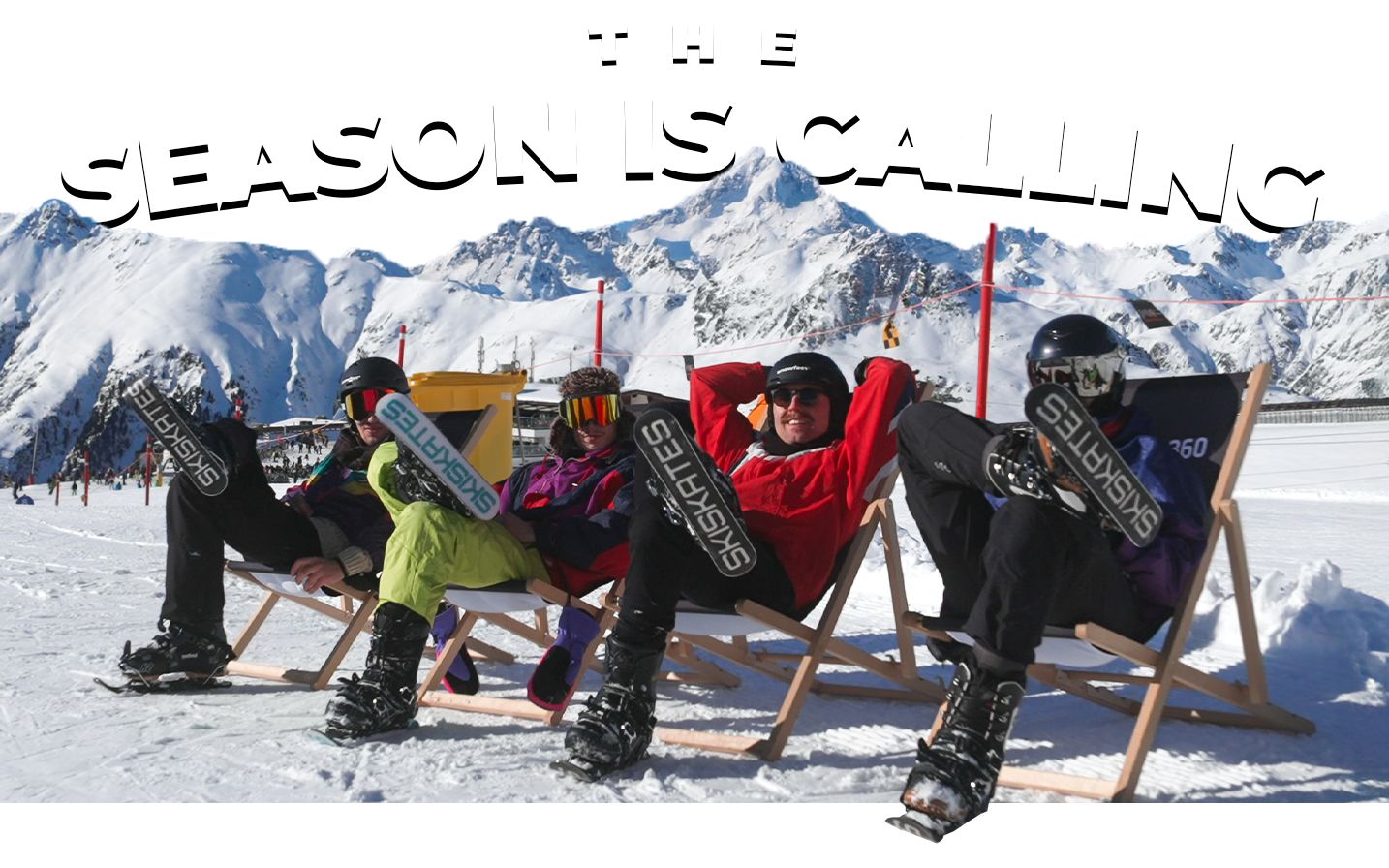
FAQs
What’s the best ski length for my skill level and skiing style?
Choosing the right ski length comes down to a mix of factors: your height, skill level, and how you like to ski. For beginners, shorter skis - somewhere between chin and head height - are a great starting point. They’re easier to handle and make learning feel a whole lot smoother. On the other hand, more experienced skiers tend to go for longer skis. Why? They’re more stable at high speeds and handle varied terrain like a pro.
If versatility is what you’re after, shorter skis like Snowfeet’s Skiblades and Skiskates are worth checking out. These compact skis are incredibly easy to maneuver, super portable, and give you excellent control. They’re a solid choice for beginners, freestyle fans, or anyone who wants a more laid-back, playful vibe on the slopes. Whether you’re cruising groomed trails or testing out some tricks, Snowfeet’s shorter skis make skiing more fun and approachable.
Why are Snowfeet short skis better than traditional long skis for recreational skiing?
Snowfeet short skis bring a lot to the table for anyone looking to enjoy recreational skiing. Thanks to their compact size, they’re super easy to handle. You can make sharper turns and navigate tight, twisty slopes with ease. Plus, they’re lightweight and portable, which means less hassle when you’re gearing up for a day on the mountain. This makes them a great option for beginners or anyone who wants a fun, no-fuss skiing experience.
Another standout feature of Snowfeet short skis is their agility and quick response. They shine on icy or hard-packed snow, giving you the confidence to tackle trickier terrain. Their design encourages playful, quick movements, which makes skiing feel approachable and fun for everyone - whether you’re just starting out or you’re after a more lively, dynamic ride. Compared to traditional long skis, Snowfeet short skis offer a level of convenience and control that’s hard to beat.
Can Snowfeet short skis handle different snow conditions and terrains?
Snowfeet short skis are built to handle a range of snow conditions, from groomed trails and packed snow to light powder up to about 4 inches. Thanks to their compact size and lightweight design, they’re a solid match for the typical winter landscapes found across the U.S. Plus, they offer great control and are super easy to use - perfect for beginners or anyone just out for some casual fun on the slopes.
That said, these skis aren’t made for everything. If you’re planning to tackle deep powder or rough, rugged terrain, you might want to look at longer skis or more specialized equipment. But for most skiers, Snowfeet strikes a great balance between being portable, convenient, and, let’s be honest, a blast to use. They’re a great pick for everyday winter adventures.

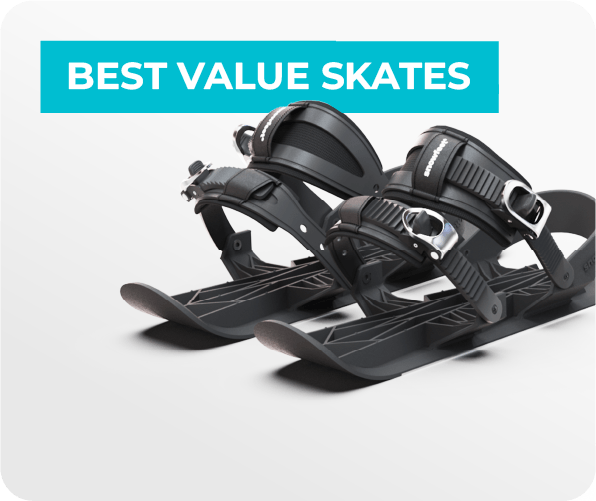



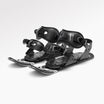
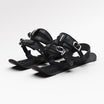
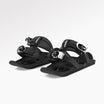
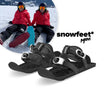
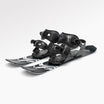
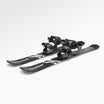

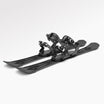
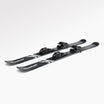
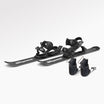





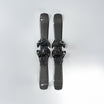


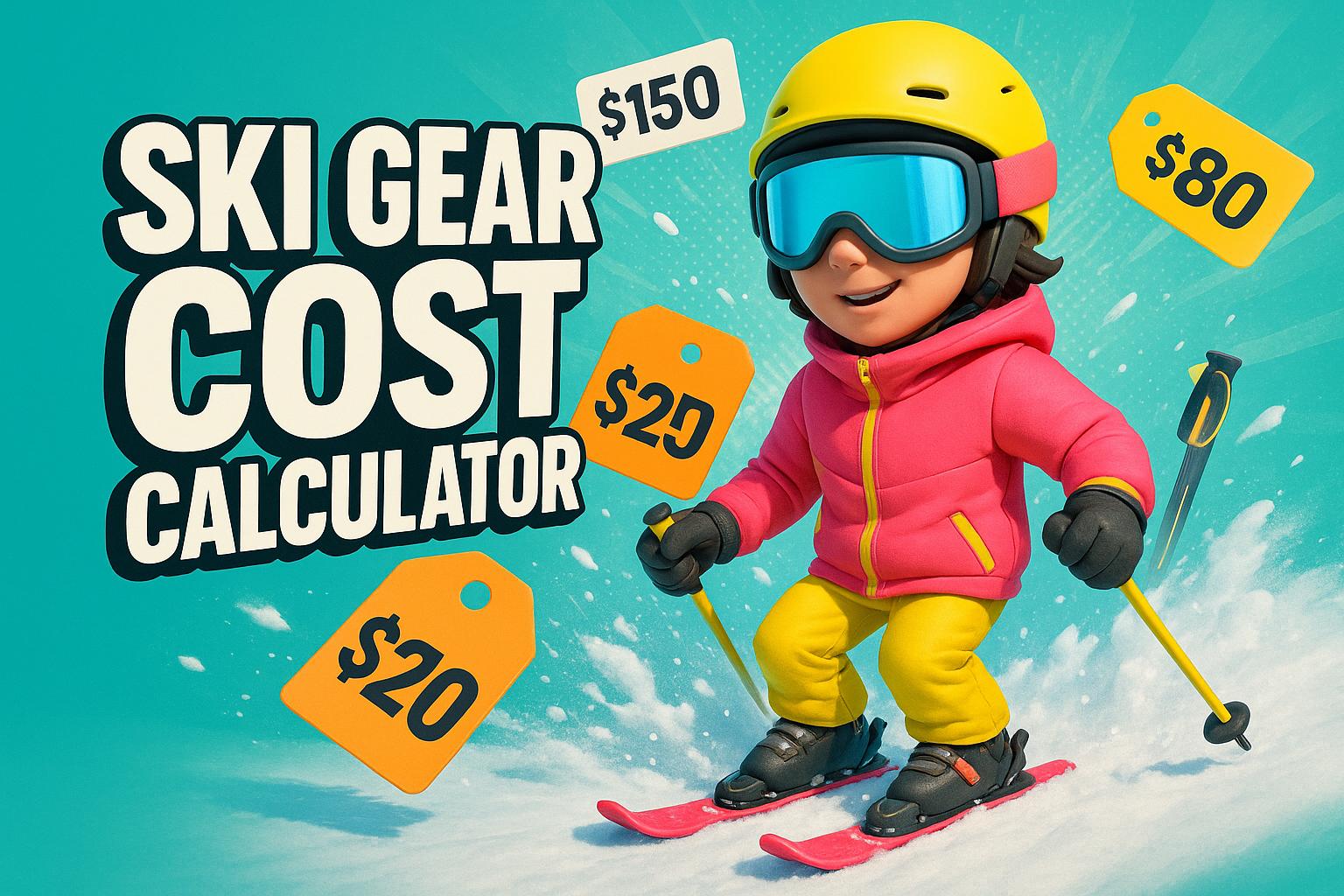
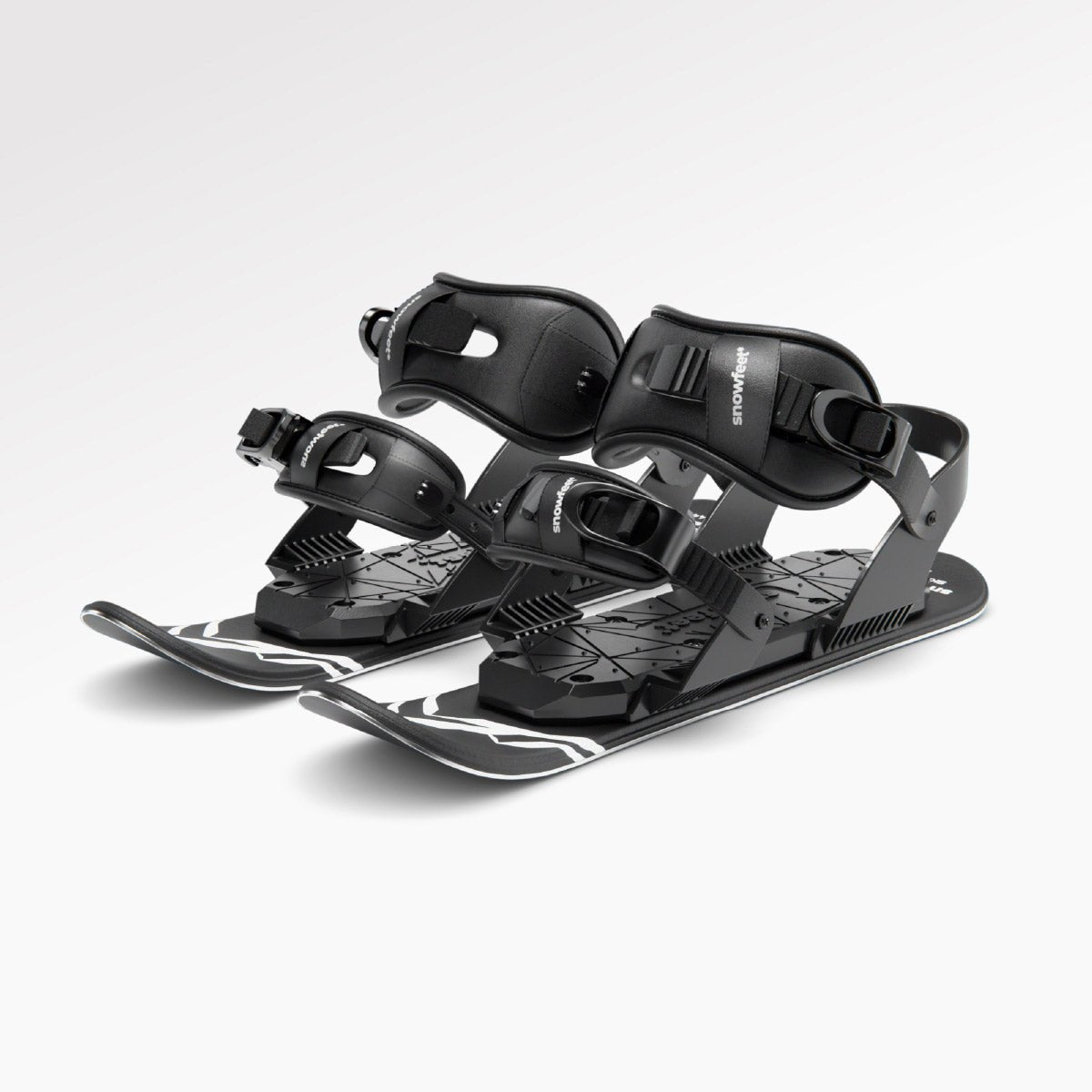

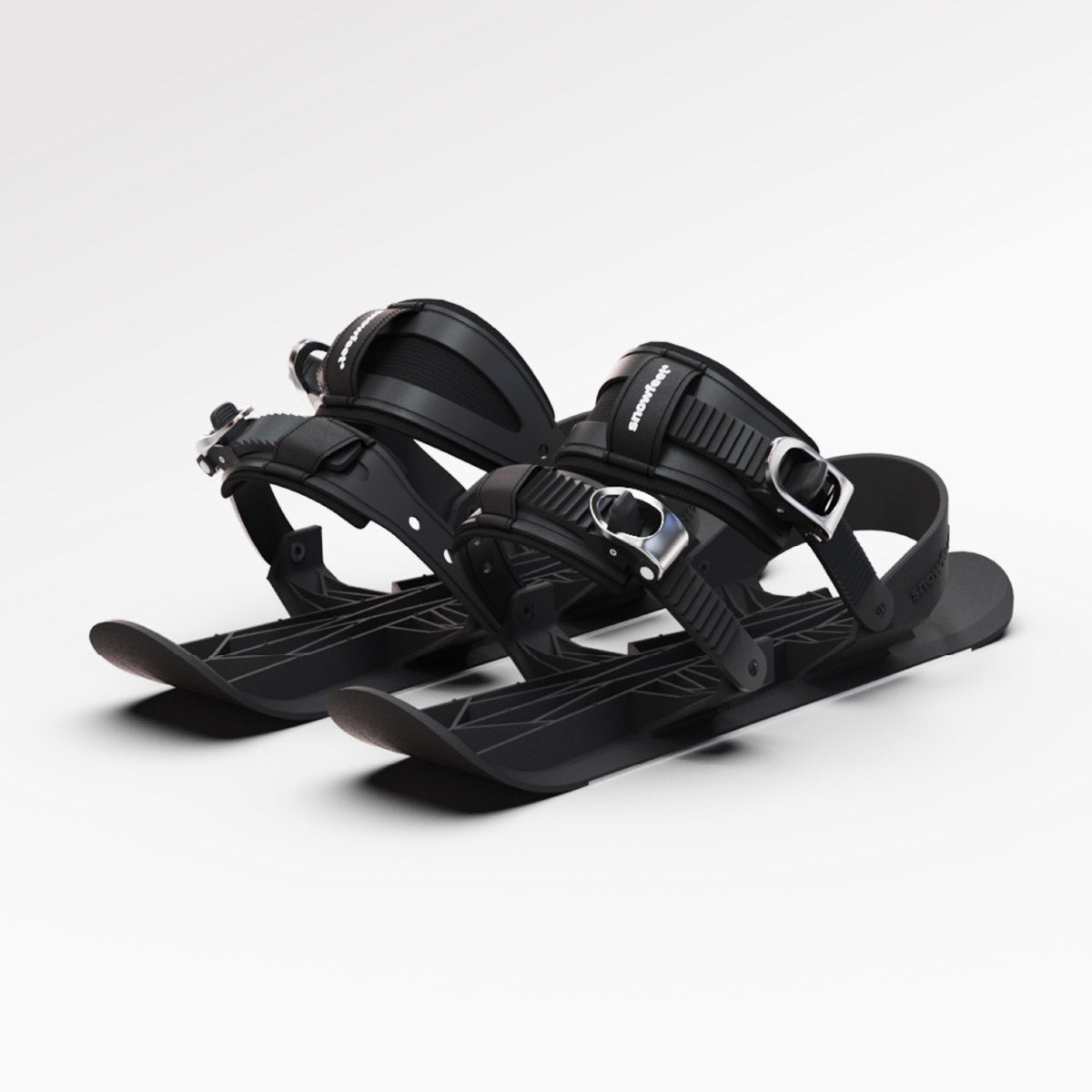
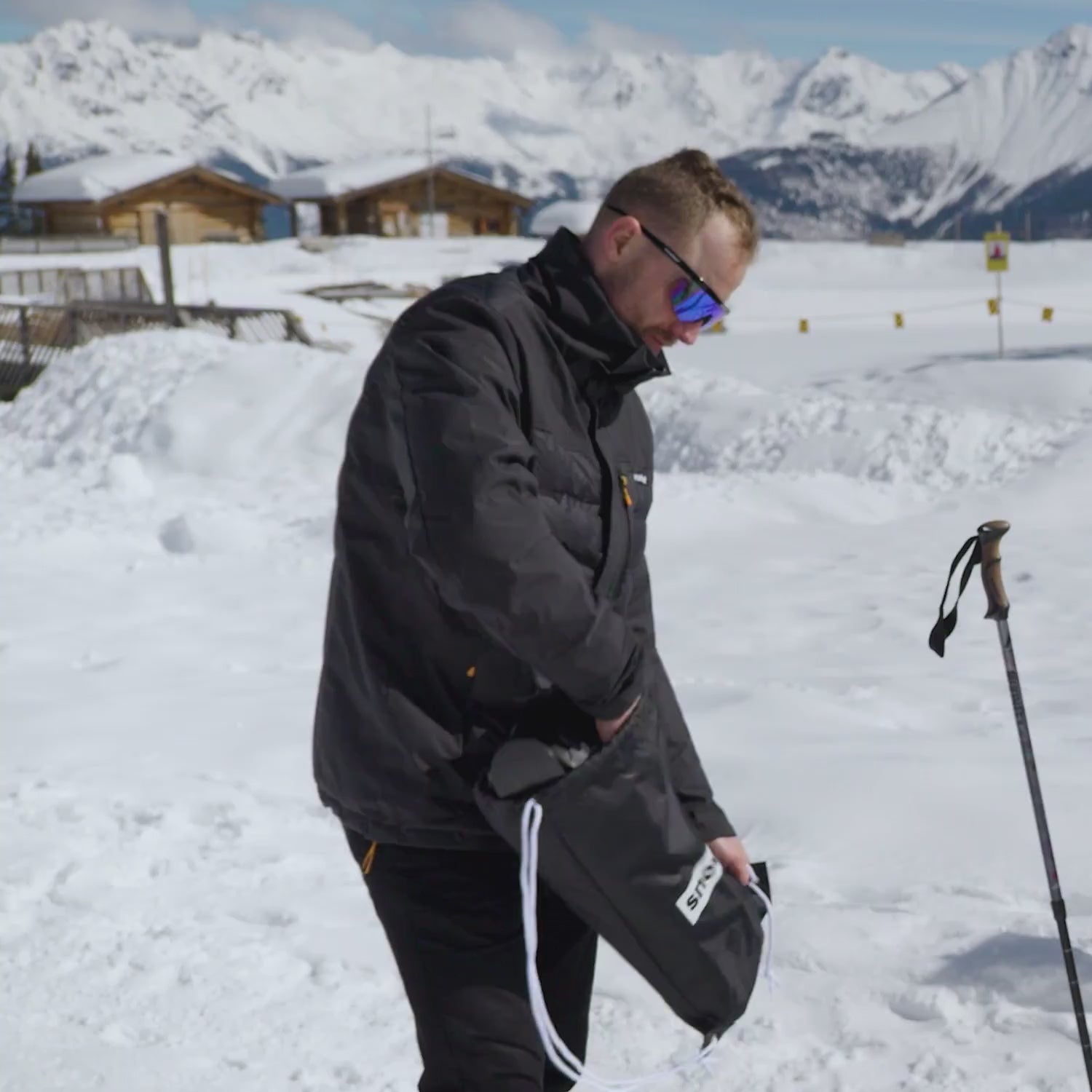
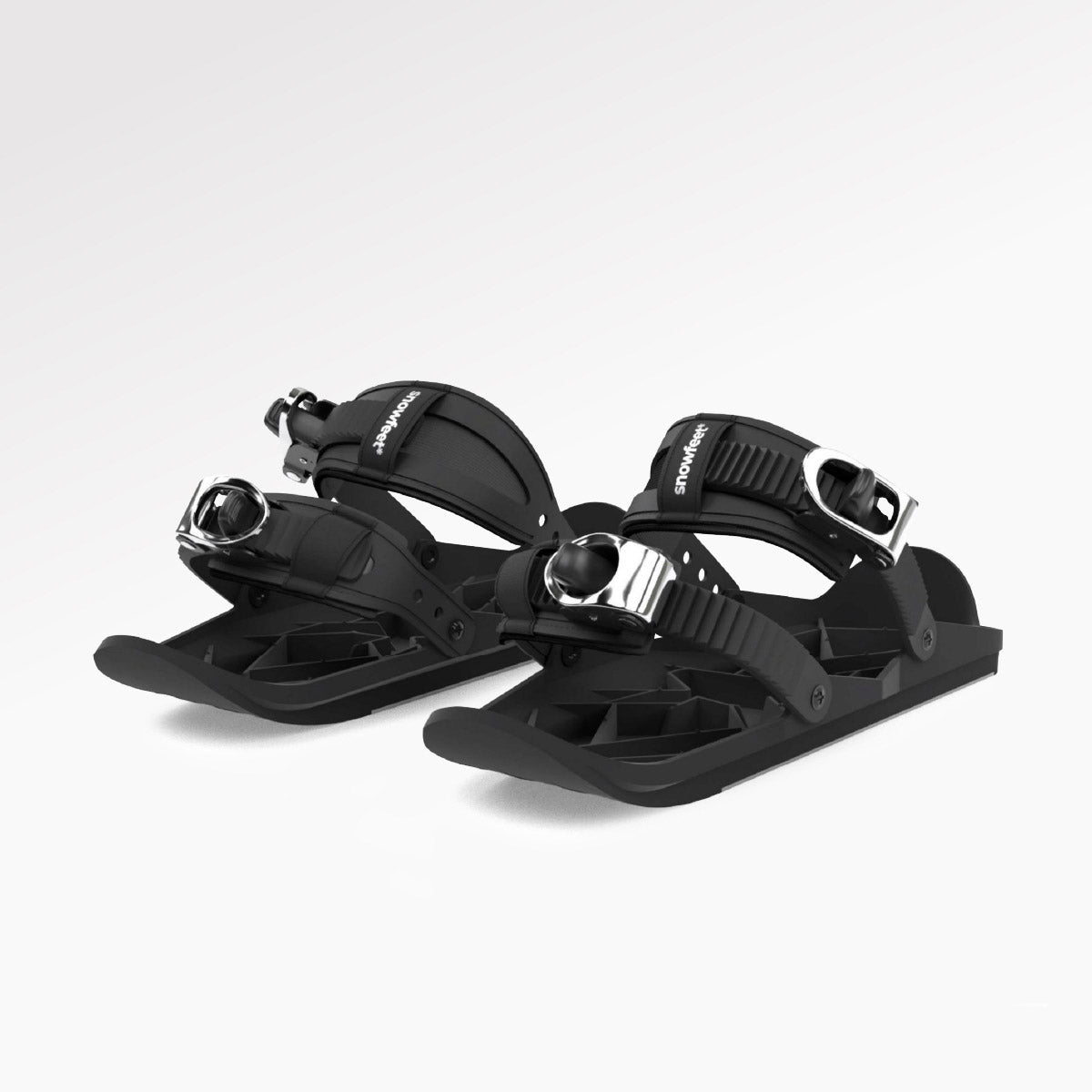
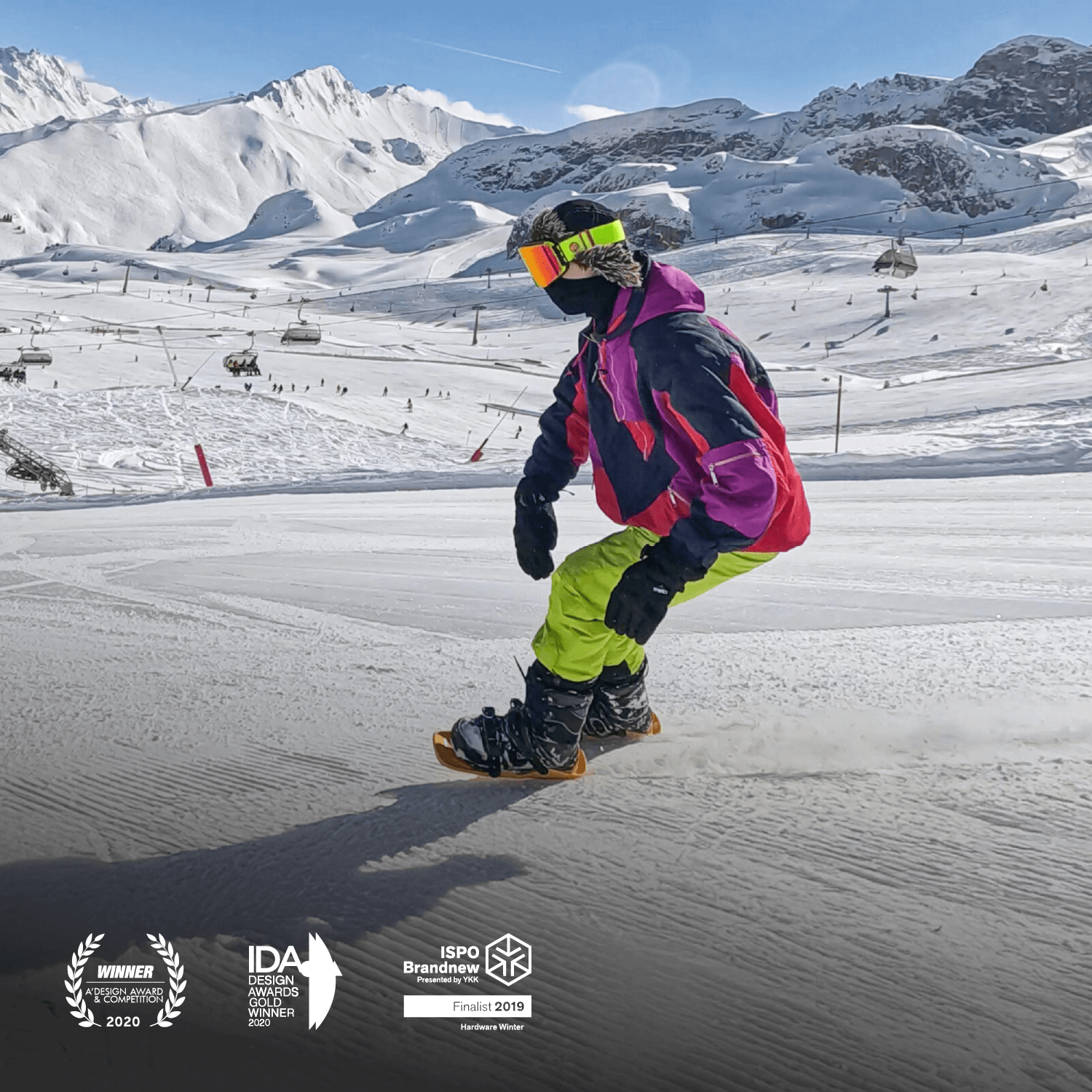

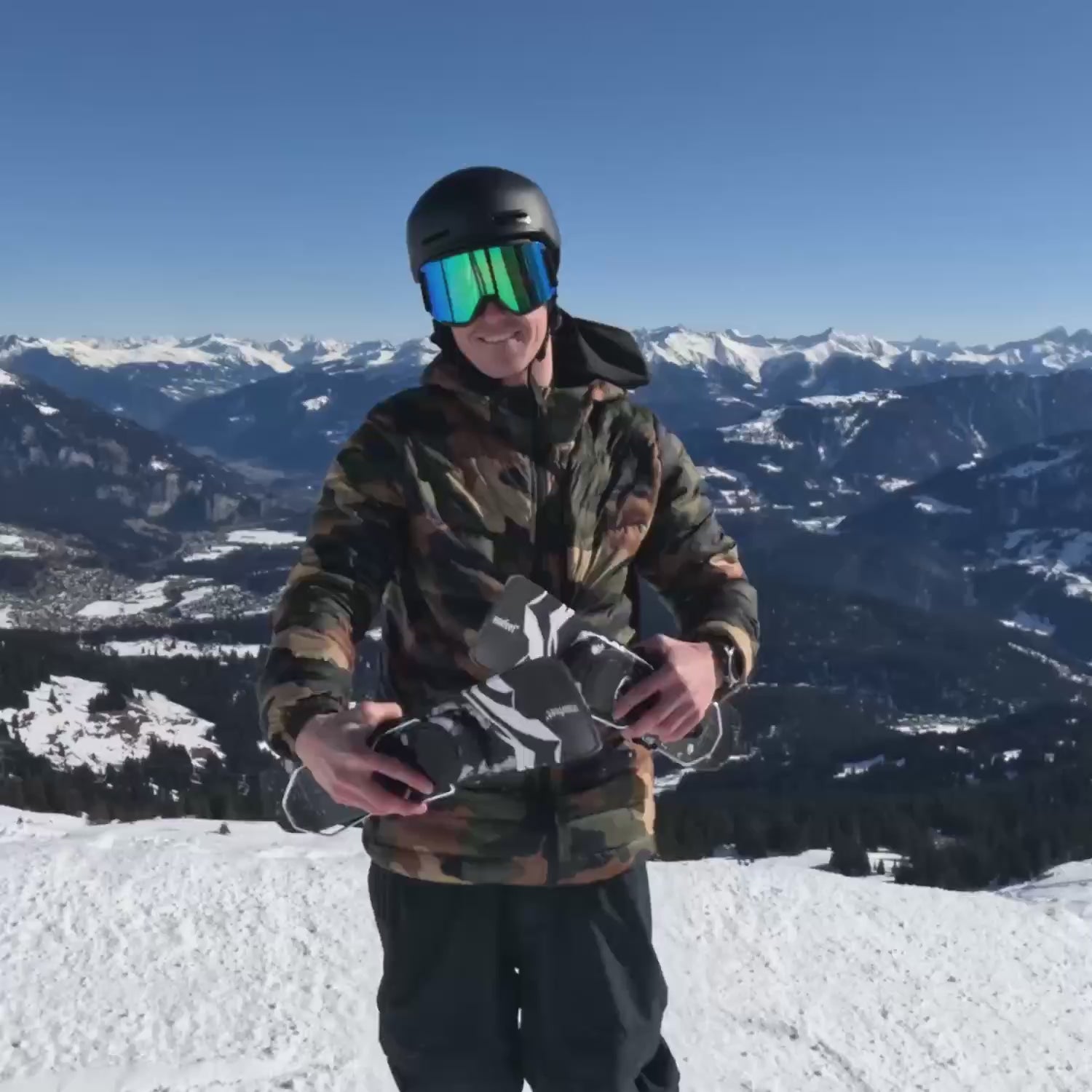
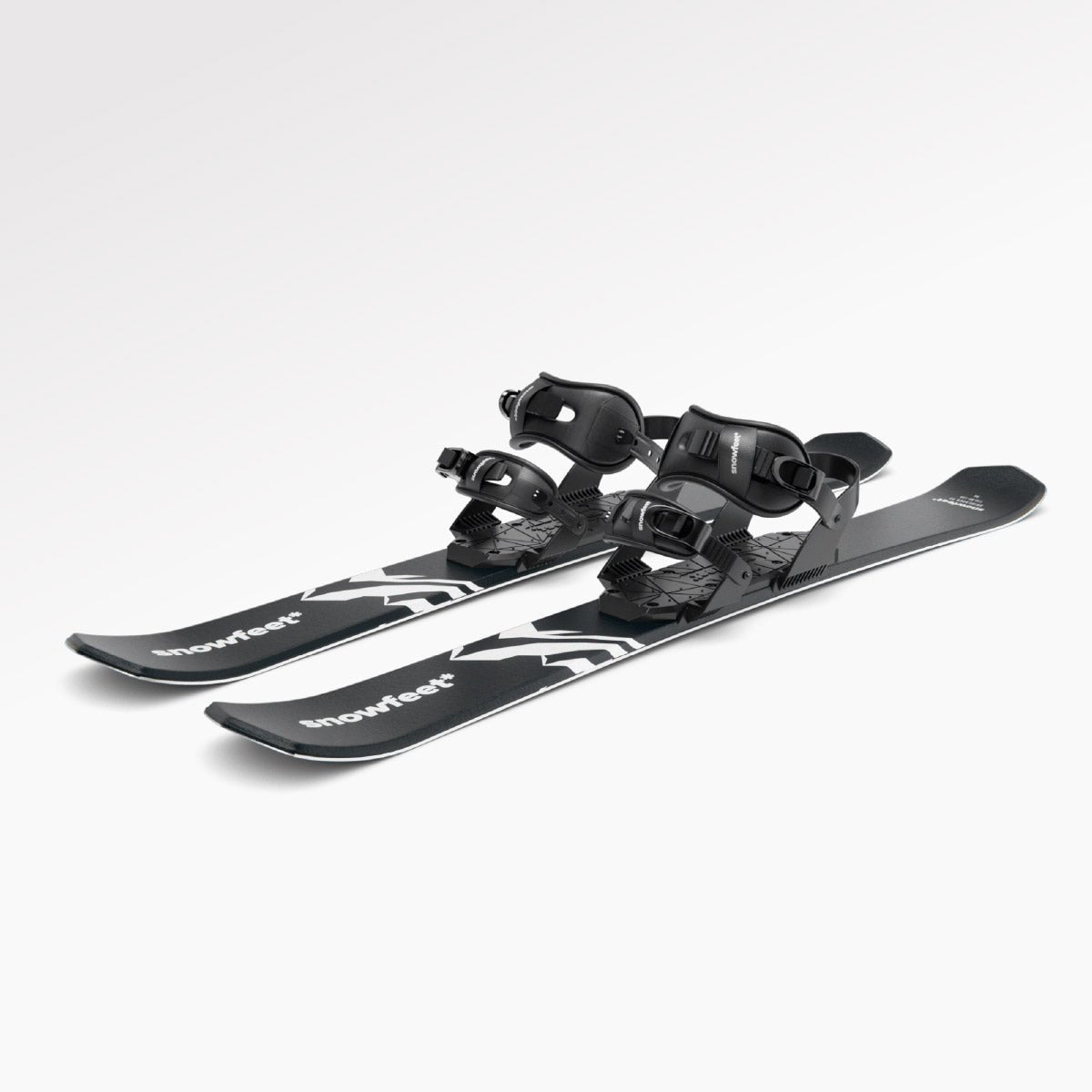
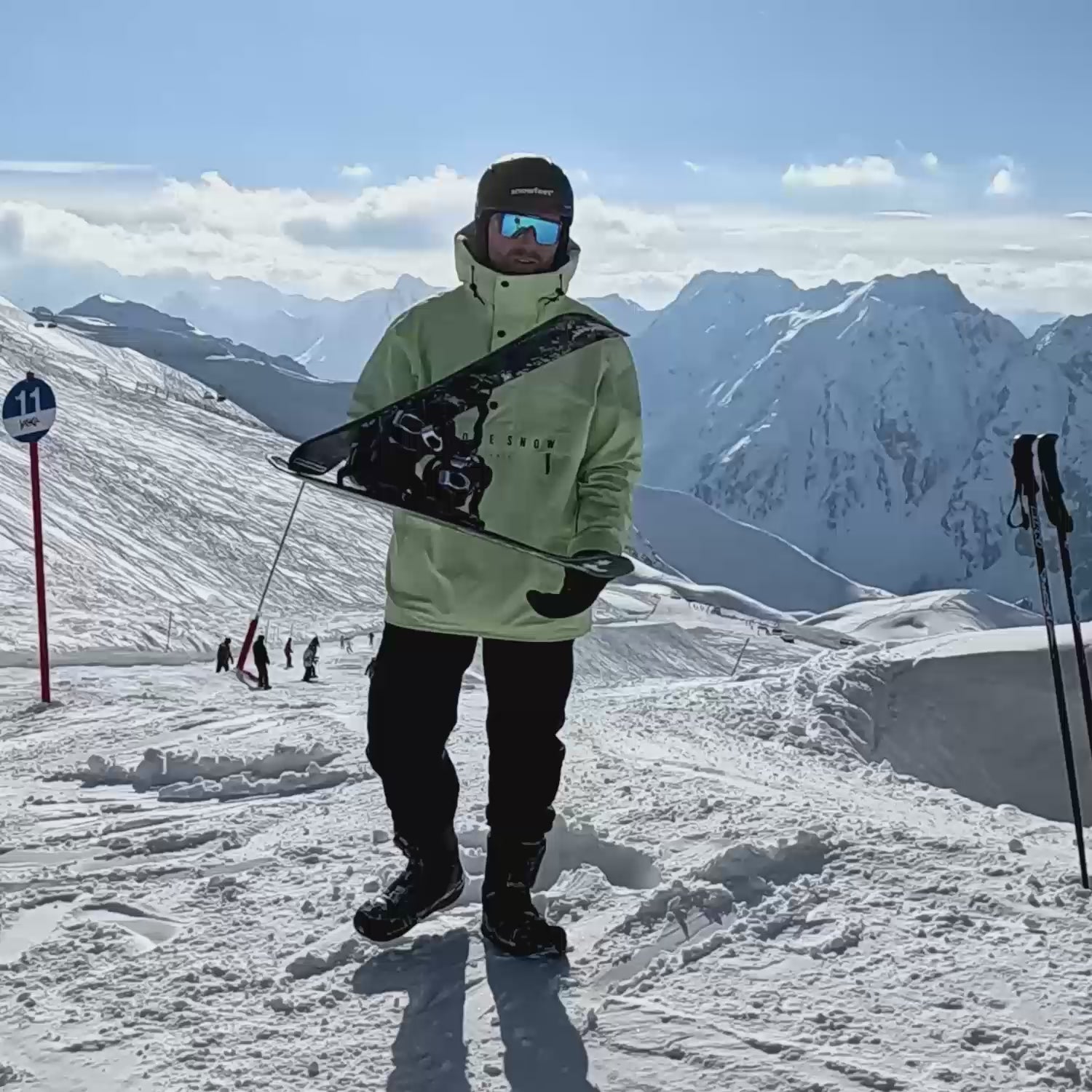
Leave a comment
This site is protected by hCaptcha and the hCaptcha Privacy Policy and Terms of Service apply.